Chainsaw Maintenance Tips
- September 19, 2024
- 0 comment
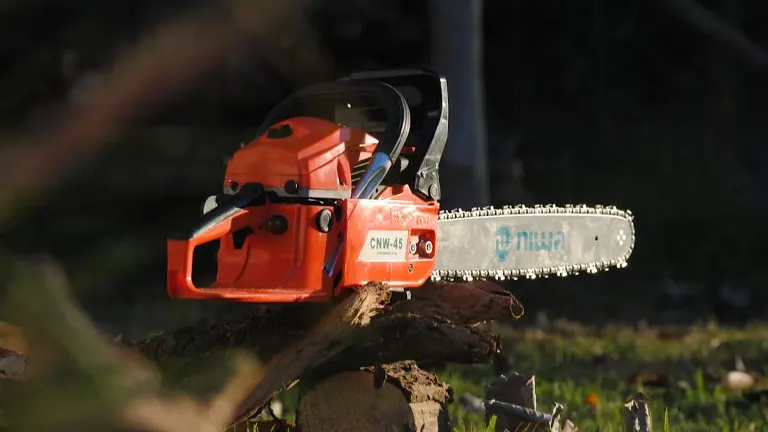
Chainsaws are powerful tools that can make yard work, tree trimming, and other outdoor tasks significantly easier. However, like any mechanical device, they require regular maintenance to ensure they operate safely and efficiently. Neglecting maintenance can lead to decreased performance, increased fuel consumption, and even dangerous situations.
7 Chainsaw Maintenance Tips
- Inspecting the Chain and Tension
- Maintaining the Lubrication System
- Cleaning and Replacing Filters
- Caring for the Spark Plug and Starter
- Checking Safety Features
- Storing Your Chainsaw
- Keeping Records of Maintenance
Understanding the Importance of Maintenance
Chainsaws are designed to handle tough jobs, but they are not invincible. Regular maintenance is crucial for several reasons. First, it helps to extend the life of the chainsaw, allowing you to get the most out of your investment. Second, it ensures that the chainsaw operates safely, reducing the risk of accidents caused by malfunctioning parts.
Third, well-maintained equipment performs better, making your work easier and more efficient. By committing to a regular maintenance routine, you can prevent small issues from becoming major problems and ensure that your chainsaw remains a reliable tool in your arsenal.
Inspecting the Chain and Tension
Before using your chainsaw, it is essential to inspect the chain and check its tension. Start by cleaning the chainsaw thoroughly to remove any debris or sawdust that may have accumulated. This not only helps you see any potential issues but also prepares the tool for safe operation. Once clean, examine the chain for any signs of damage, such as missing or broken teeth.
A damaged chain can lead to inefficient cutting and increase the risk of kickback, which is a serious safety hazard. If the chain is dull, sharpen it using the appropriate tools. The process of sharpening involves using a round file that matches the size of the chain’s teeth. It is important to maintain a consistent angle while sharpening to ensure even cutting performance.
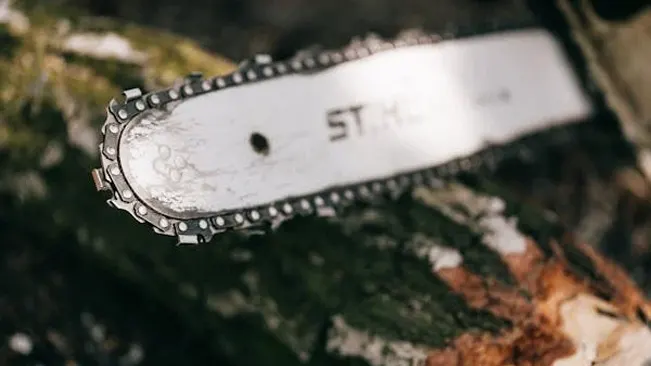
After checking the chain for damage and sharpening it if necessary, you should check the chain tension. Proper chain tension is crucial for effective cutting and safety. The chain should fit snugly against the guide bar but should still be able to move freely.
To check the tension, lift the chain slightly from the guide bar; it should not come off but should also not be overly tight. If the chain is too loose, it can come off during operation, while a chain that is too tight can cause excessive wear on the components. Adjust the tension according to the guidelines provided in your owner’s manual.
Maintaining the Lubrication System
Proper lubrication is vital for the smooth operation of your chainsaw. The chain and guide bar need to be well-lubricated to reduce friction and prevent overheating. Before each use, check the oil reservoir to ensure it is filled with the appropriate bar and chain oil. If the oil level is low, refill it before starting your work. While the chainsaw is running, observe the oil flow.
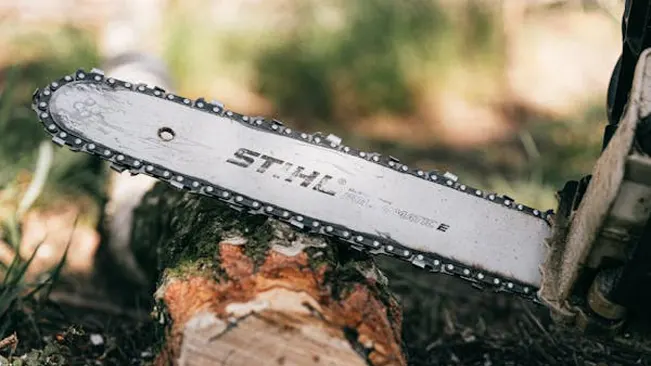
You can do this by placing a piece of white paper under the chainsaw and running it briefly; you should see oil spray marks on the paper. If no oil is visible, the lubrication system may be clogged, and you will need to clean or replace the oil filter.
In addition to checking the oil levels, it is also important to lubricate the clutch drum bearing regularly. This can be done by applying a few drops of oil to the bearing every few uses. Proper lubrication helps to extend the life of your chainsaw and ensures that the chain and bar are protected from wear and tear.
Cleaning and Replacing Filters
Chainsaws have several filters that play a crucial role in their operation, including air filters, fuel filters, and oil filters. A clogged air filter can restrict airflow to the engine, causing it to overheat and run poorly. To maintain optimal performance, check the air filter regularly and clean it as needed.
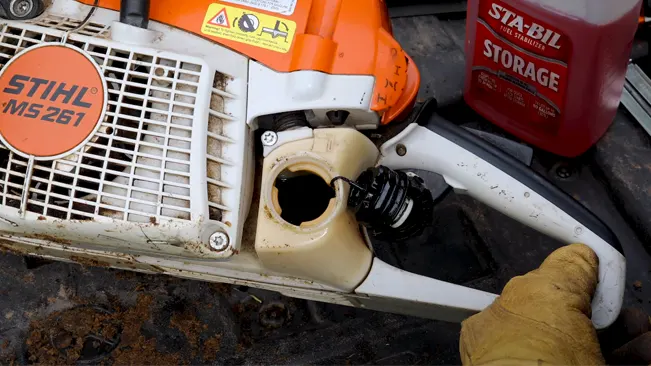
Depending on the type of filter, you may be able to wash it with soap and water or blow it out with compressed air. If the filter is too dirty or damaged, it is best to replace it. The fuel filter is another critical component that should be checked regularly.
A clogged fuel filter can lead to starting issues and poor engine performance. Replace the fuel filter every few months, especially if you use your chainsaw frequently. The oil filter should also be inspected and replaced as needed to ensure proper lubrication of the guide bar and chain.
Caring for the Spark Plug and Starter
The spark plug is a vital component of your chainsaw’s ignition system. A dirty or faulty spark plug can cause starting issues and poor engine performance. To maintain the spark plug, remove it periodically and inspect it for wear. Clean the spark plug using a wire brush and check the gap according to the manufacturer’s specifications.
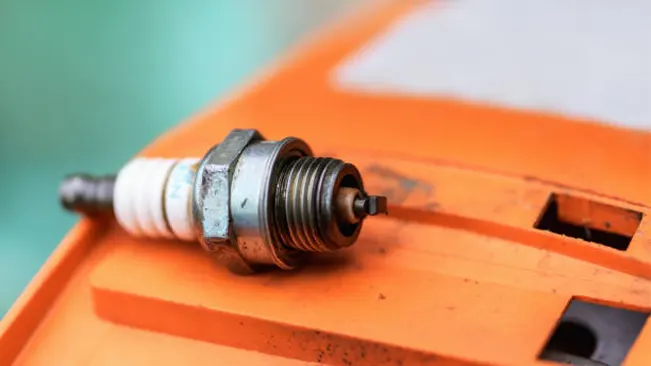
If the spark plug is damaged or worn out, replace it with a new one. In addition to the spark plug, it is important to check the starter and starter cord. Inspect the starter for any signs of damage, such as fraying or cracks in the cord. A damaged starter can make it difficult to start the chainsaw, leading to frustration and potential injury. Ensure that the starter operates smoothly and that the emergency stop switch is functioning correctly.
Checking Safety Features
Safety should always be a top priority when using a chainsaw. Before each use, check the throttle trigger to ensure it operates smoothly and that the throttle trigger lockout is working correctly. The chain brake is another critical safety feature that should be tested regularly.
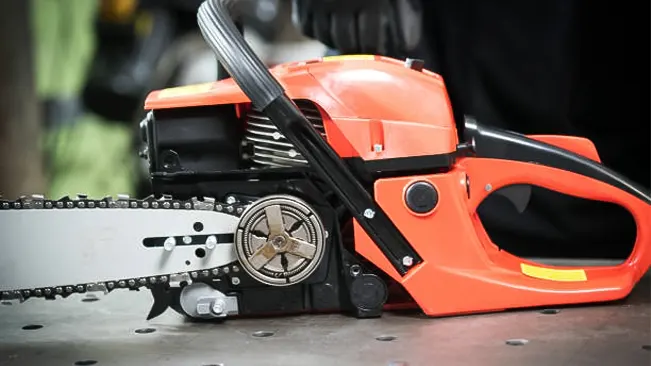
This feature helps prevent kickback by stopping the chain immediately if the saw kicks back. If the chain brake is not functioning properly, it should be repaired or replaced immediately. Additionally, inspect the chain catcher, which is designed to catch the chain if it comes off the guide bar. A damaged chain catcher can lead to dangerous situations, so ensure it is in good condition before operating the chainsaw.
Storing Your Chainsaw
Proper storage is essential for maintaining your chainsaw, especially if you plan to store it for an extended period. At the end of the season or if you won’t be using the chainsaw for more than a month, it is crucial to prepare it for storage.
Start by draining the fuel tank to prevent the gasoline from deteriorating and causing starting issues later on. Alternatively, you can add a fuel stabilizer to the gasoline to keep it fresh during storage. After draining the fuel, clean the chainsaw thoroughly, removing any debris or sawdust.
Store the chainsaw in a dry, cool place, away from any potential ignition sources. Keeping the chainsaw clean and free of debris will help maintain its condition and extend its lifespan.
Keeping Records of Maintenance
To ensure that you stay on top of your chainsaw maintenance, consider keeping a log of all maintenance activities. Record the dates when you performed inspections, cleaned filters, sharpened the chain, and replaced any parts.
This log will help you track when specific maintenance tasks are due and provide a history of the chainsaw’s condition. By keeping detailed records, you can identify patterns in wear and tear and anticipate when parts may need replacement.
Conclusion
Maintaining your chainsaw is essential for ensuring its performance, safety, and longevity. By following these chainsaw maintenance tips, you can keep your tool in excellent condition and ready for any task.
Regular inspections, proper lubrication, and timely repairs will not only enhance the efficiency of your chainsaw but also make your outdoor projects safer and more enjoyable. Remember that a well-maintained chainsaw is a reliable chainsaw, so invest the time and effort into proper care, and you will reap the benefits for years to come.
Frequently Asked Questions
1. Why is regular chainsaw maintenance important?
Regular maintenance ensures your chainsaw operates safely, and efficiently, and lasts longer. It helps prevent accidents, reduces wear on components, and ensures optimal performance.
2. How often should I inspect the chain and tension?
You should inspect the chain and its tension before each use. A properly tensioned chain is crucial for safe and effective cutting.
3. What is the best way to maintain the chainsaw’s lubrication system?
Regularly check and refill the oil reservoir with bar and chain oil. Also, ensure the lubrication system isn’t clogged by inspecting oil flow during operation.
4. How do I clean or replace the air filter?
Remove the air filter and clean it with soap and water, or compressed air if it’s reusable. Replace it if it’s too dirty or damaged to ensure the chainsaw runs smoothly.
5. When should I replace the spark plug?
Inspect the spark plug regularly for wear or fouling. Clean it as necessary and replace it if it’s worn or damaged to ensure reliable ignition and performance.
6. What are the key safety features I should check before using a chainsaw?
Check the chain brake, throttle trigger, chain catcher, and throttle lockout before each use. These safety features help prevent accidents like kickbacks.
7. How should I store my chainsaw when not in use?
Drain the fuel tank or add a fuel stabilizer, clean the chainsaw thoroughly, and store it in a cool, dry place to prevent damage during long-term storage.
8. How do I maintain the chainsaw’s starter and starter cord?
Inspect the starter cord for wear, and ensure the starter operates smoothly. Replace the cord if it’s frayed or damaged to avoid starting issues.
9. What should I do if my chainsaw chain becomes dull?
Use a round file that matches the chain size to sharpen it. Maintain a consistent angle to ensure even cutting, and replace the chain if it’s damaged beyond repair.
10. Why is it important to keep maintenance records?
Keeping a log of your chainsaw maintenance helps track tasks like inspections, cleaning, and part replacements. This ensures you stay on top of upkeep and anticipate potential issues.
We hope this guide on chainsaw maintenance tips has helped you understand how to keep your tool in top condition. Regular upkeep ensures better performance, safety, and a longer lifespan for your chainsaw. If you have any tips or experiences, feel free to share them in the comments below. Don’t forget to share this article with fellow chainsaw users to help them maintain their tools. Stay safe and keep cutting!

Edward Smith
Forestry AuthorWoodworking is about more than crafting; it's a harmonious connection with nature, mastering tools, and preserving our environment. I'm here to share my knowledge and experiences with you, forging a future where we can embrace wood's beauty and utility while safeguarding our forests' health and diversity.

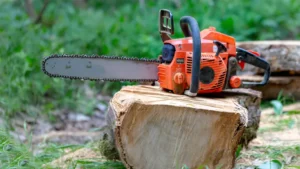
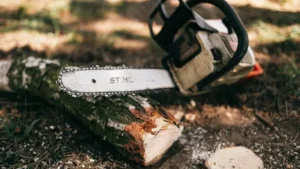
Leave your comment